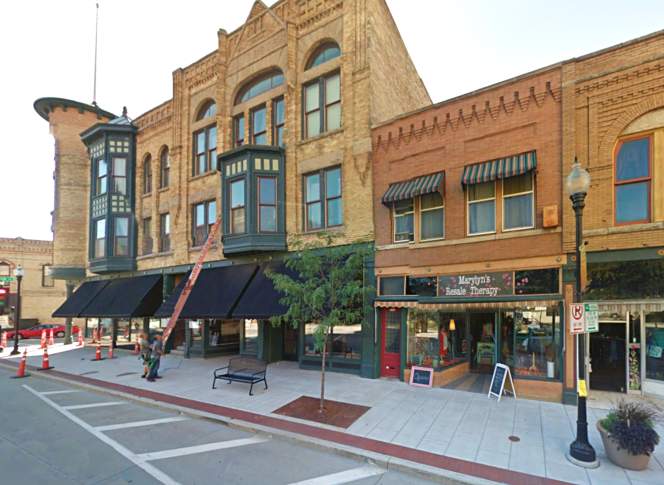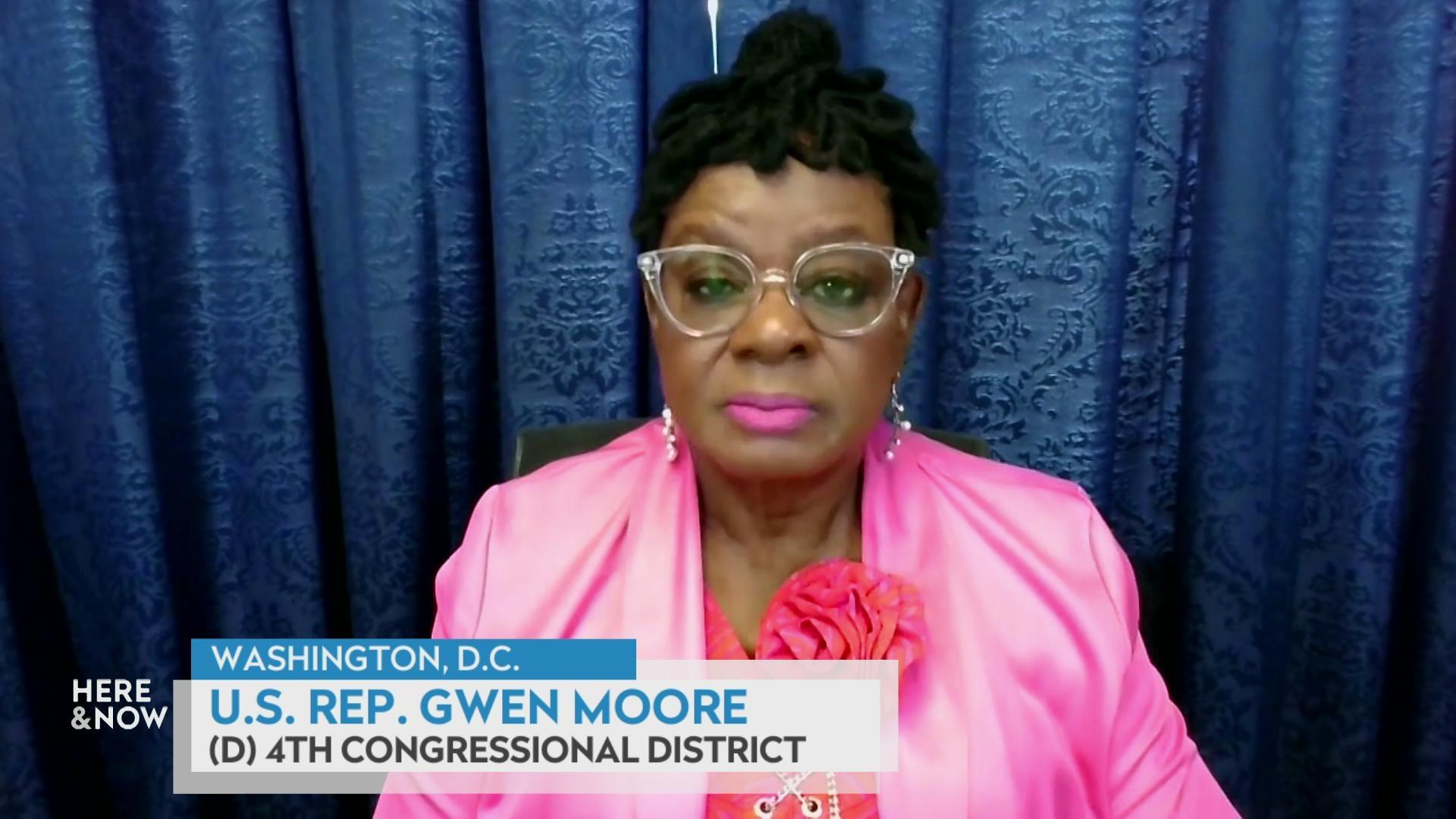Capping A Brief Boom For Wisconsin's Historic Preservation Tax Credit
Given the budget season's extensive debates over broad funding areas like transportation, there's understandably been less attention recently on a dispute over Wisconsin's historic preservation tax credits.
October 2, 2017

Webster Block historic building in downtown Oshkosh

Gov. Scott Walker capped off a prolonged showdown with the Wisconsin legislature’s Republican leadership over the 2017-19 state budget by dropping 99 vetoes on it, making last-minute changes in policies ranging from public school fundingto renovations in the basement of the State Capitol. Given the budget season’s extensive debates over broad funding areas like transportation, there’s understandably been less attention recently on a dispute over Wisconsin’s historic preservation tax credits.
Formally known as the Historic Rehabilitation Tax Credit, the program incentivizes homeowners and other property owners to do specific kinds of renovation work on certain buildings. It allows a property owner to claim a percentage of the cost of the renovations as a credit on their state income tax liability. Walker’s veto has no impact on a similar but separate program at the federal level.
Earlier in 2017, the governor proposed curtailing the tax credit, which put him at oddswith legislators and various interest groups, from historic preservation advocates to developers. With his budget veto, Walker capped the amount of historic rehabilitation tax credits any individual property could receive at $500,000. The budget language passed by the state Legislature had set a cap at $5 million per property; previously, there was no limit.
In a message detailing his vetoes, Walker said he imposed the cap to limit the amount of tax revenue the state doesn’t collect due to the credit and to keep the program focused on projects that create jobs. He also argued that many other states place similar caps on their historic preservation tax credits. The change will become effective in July 2018.
This historic preservation tax program has been available in Wisconsin since 1989, but in 2014, the state raised the amount of the credit from 5 to 20 percent. The University of Wisconsin-Milwaukee School of Architecture and Urban Planning’s Historic Preservation Instituteand accounting firm Baker Tilly released a study in April 2017that found increasing the size of the tax credit had significant economic impacts around the state.
In 2016, the average renovation project taking advantage of the credit claimed about $1.4 million, according to the HPI/Baker Tilly study. Capping the credit at just over one-third of that amount, then, could reduce developers’ enthusiasm for rehabbing old buildings in Wisconsin.
A lot of the tax credit’s impact between 2014 and 2016 was in communities with the most people and the most buildings. Projects in Milwaukee claimed nearly $100 million through the credit those years—more than half of the dollar amount claimed in the state as a whole. On the other hand, total use of the credits was surprisingly spread out, Historic Preservation Institute director Matthew Jarosz said in a Sept. 29, 2017 interview with Wisconsin Public Television’s Here & Now.
“What we’ve found in our numbers in our research is after two or three years, who was doing projects and where changed fairly dramatically — to small towns in Wisconsin, to smaller projects,” Jarosz said.
For instance, in 2016, 69.4 percent of projects claiming the tax credit were in cities with populations under 100,000, the HPI/Baker Tilly study found. The report argues that between 2014 and 2016, the state’s $171 million investment in historic rehabilitation tax credits yielded a total of $719 in economic activity, including direct impacts like construction wages and long-term impacts like increased property tax revenues.
Jarosz believes that increasing the tax credit in 2014 revealed that a lot of people want to engage in renovating historic properties and were just waiting on the right conditions. “There was this pent-up demand that hit us,” he said.
Of course, homeowners and developers who take advantage of the credit of course are getting a boost from Wisconsin’s taxpayers. But they also must invest the time and money into doing the renovation work properly, hiring qualified architects and contractors. With a much lower cap on the credit, Jarosz said, developers around the state will be less likely to take those kinds of chances on historic buildings.
Walker’s veto message said that many other states have similar caps on how much a property owner can claim in historic preservation tax credits, but Jarosz argued that those states without such caps have the most successful programs.
“It caught us by surprise, quite frankly, a week and a half ago when we saw the 500k project cap,” Jarosz said.”
 Passport
Passport











Follow Us